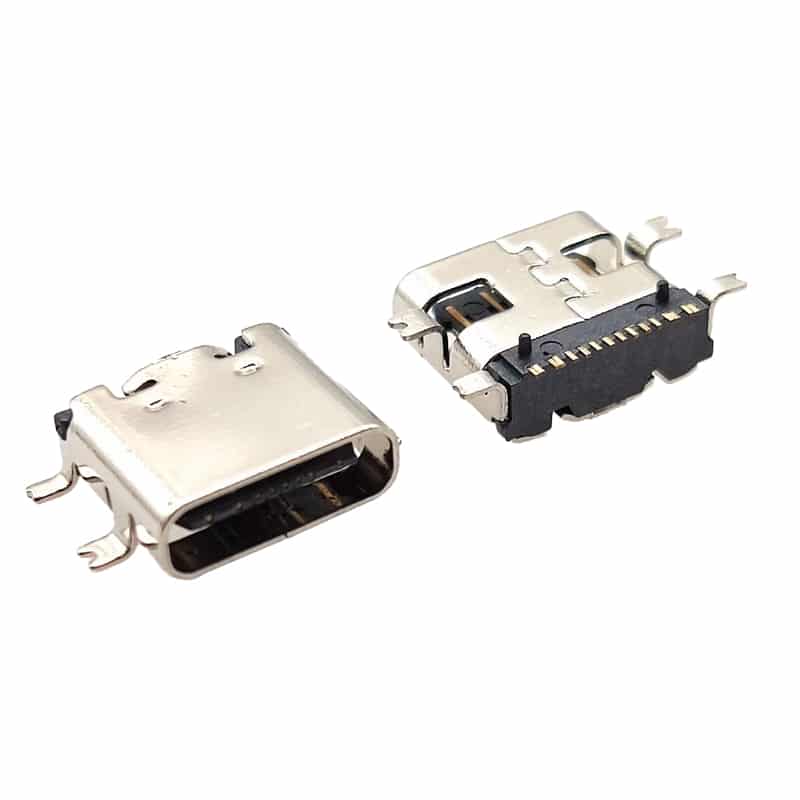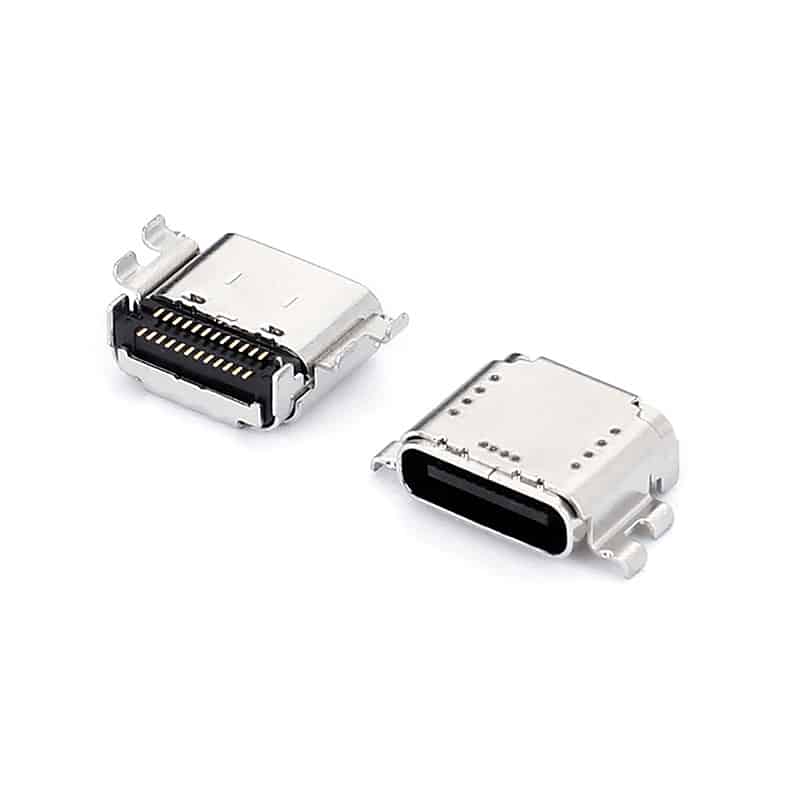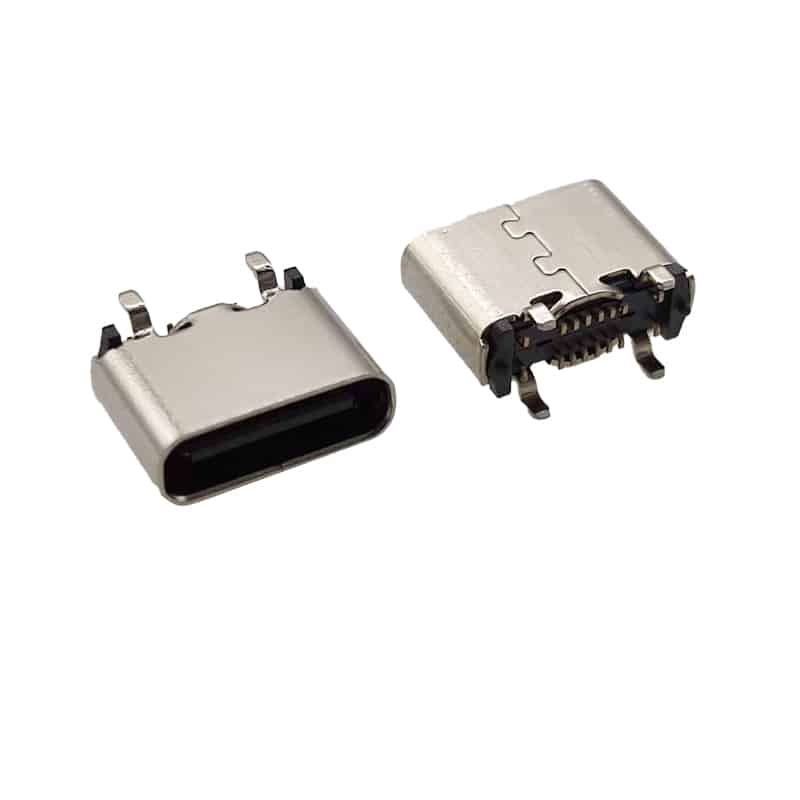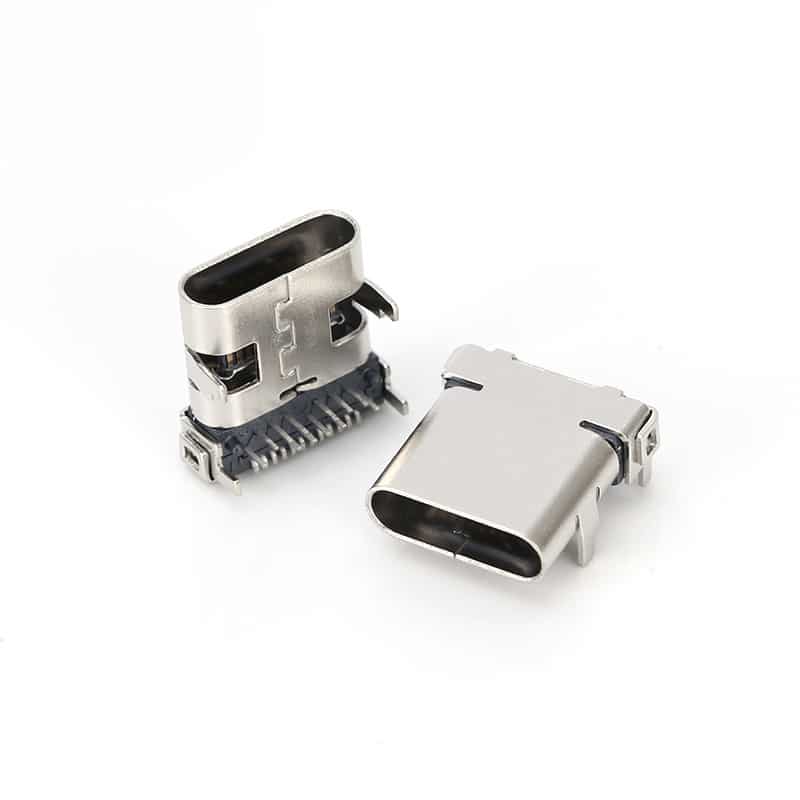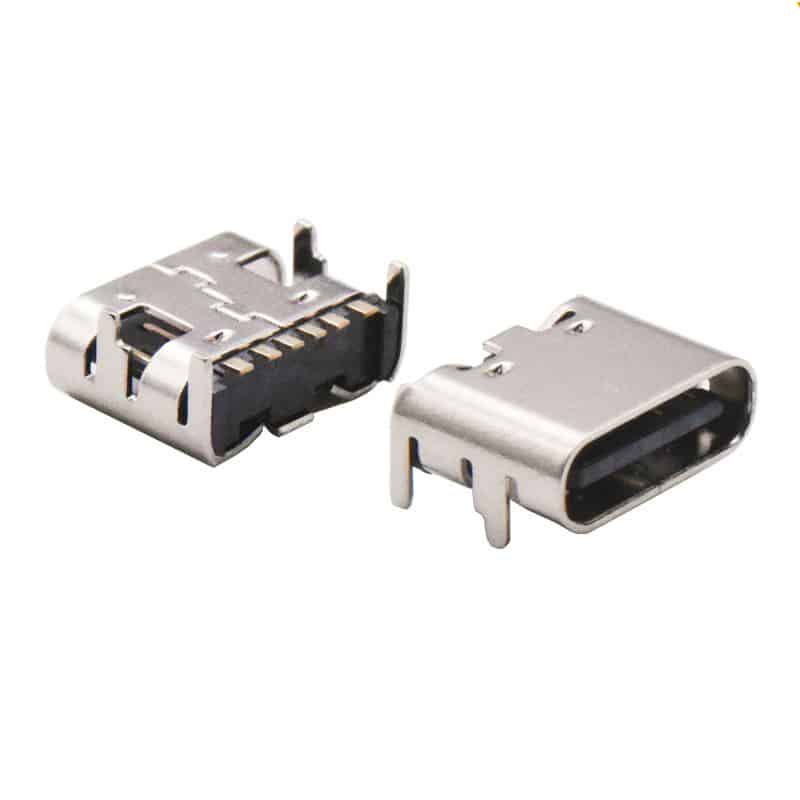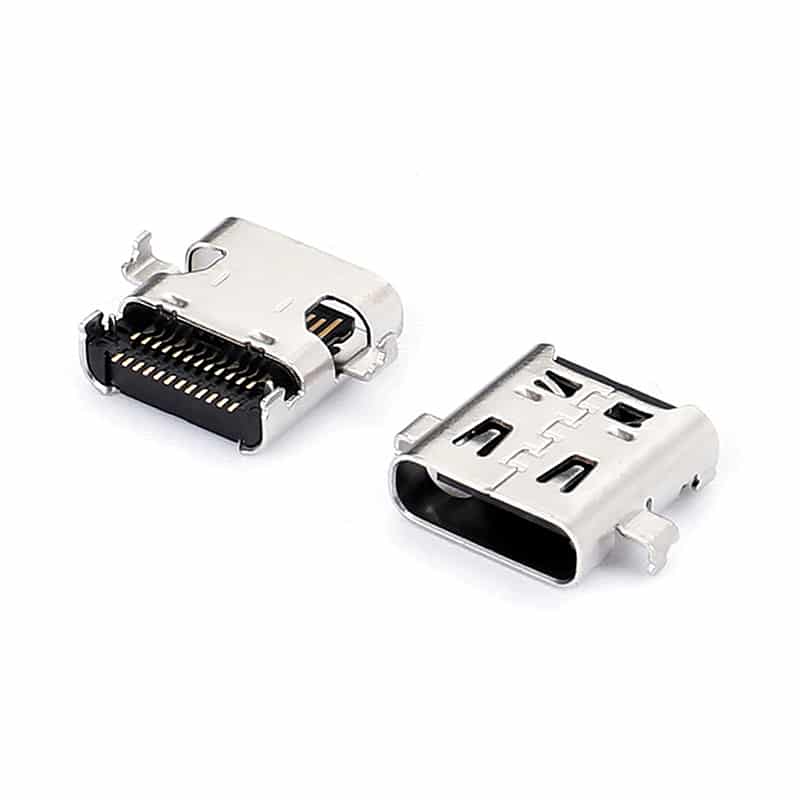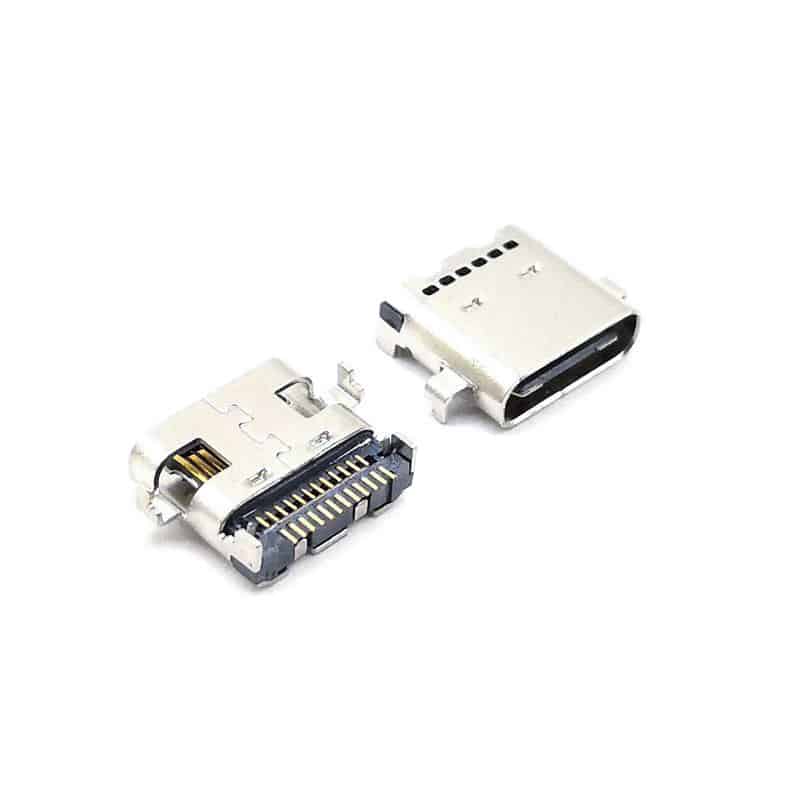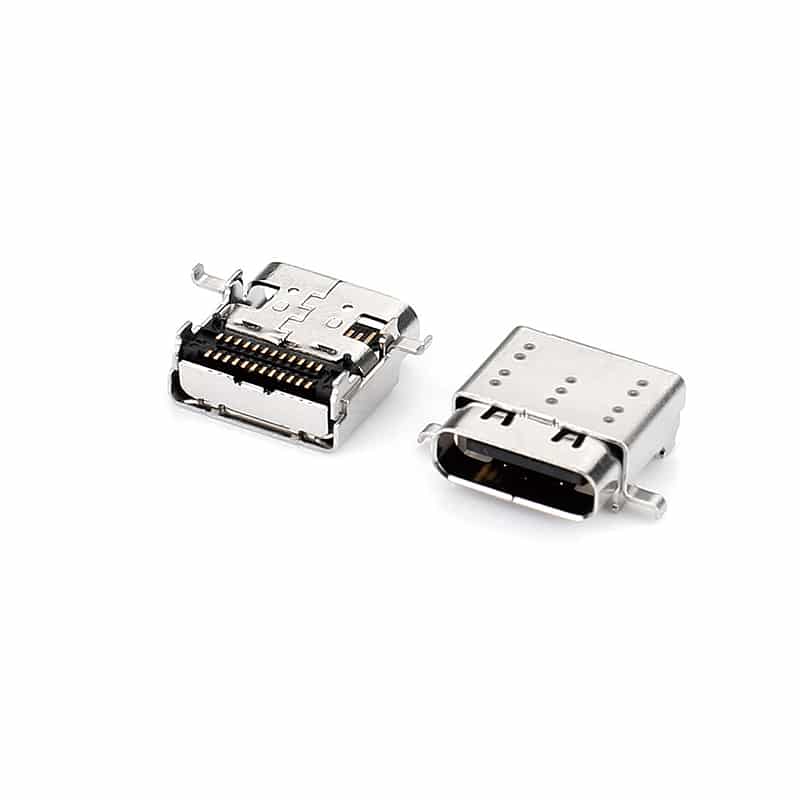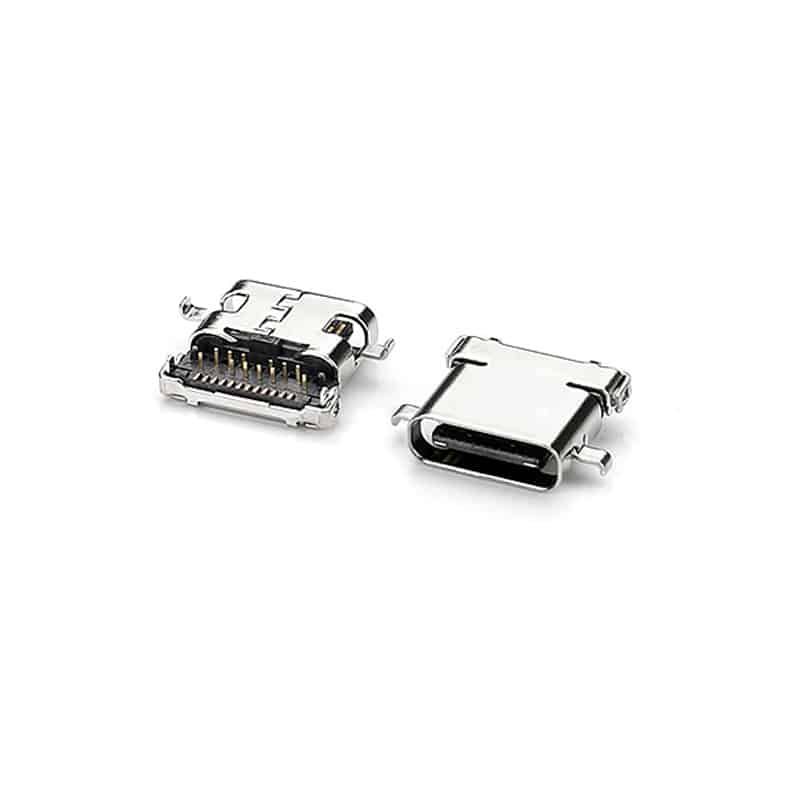Push switches, a miniature switch commonly used in electronic devices. These push switches are known for their compact size and tactile feedback, making them suitable for applications where space is limited and a clear indication of activation is desired. They are available in various configurations, including momentary and latching (self-locking) types, and with different pin counts (e.g., 3-pin, 6-pin). A latching push switch, or a self locking push switch, which is a button that stays actuated and keeps the circuit closed even after you press it or pressure is removed from the button. It
